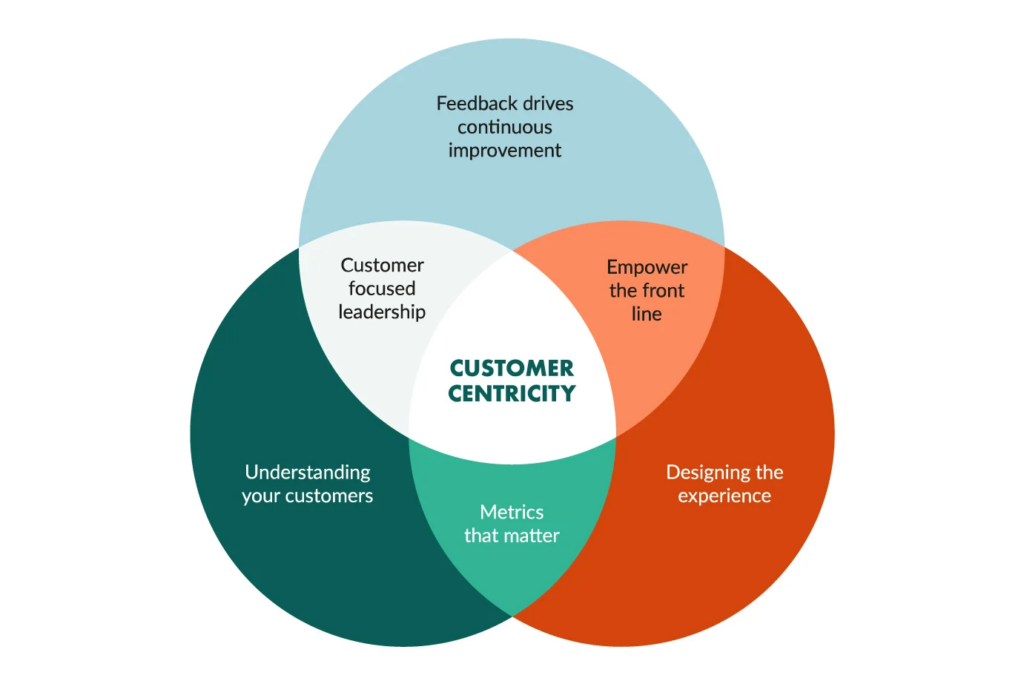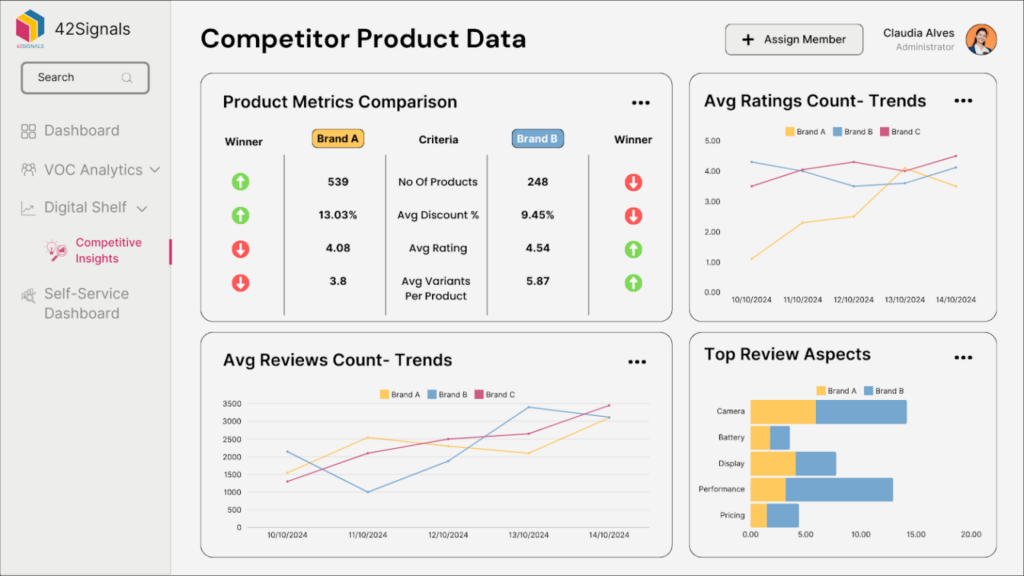Creating and maintaining a strong alignment between a product and its intended audience is a cornerstone of success for online businesses. This balance—known as product market fit—is achieved by ensuring your product resonates with the needs and desires of your customers.
For businesses selling online, this connection leads to greater customer satisfaction, loyalty, and long-term success.
Proactive e-commerce analytics is a valuable tool that helps companies make data-driven decisions to better understand their audience, improve their products, and refine their strategies. By focusing on clear, actionable insights, online sellers can adjust their offerings and approaches to create stronger connections with their customers.
Here are five ways this approach helps fine-tune product-market fit and improve product relevance.
How to Establish a Product Market Fit?

Image Source: Gustde Backer
1. Observing Customer Patterns Through Data
Analytics helps uncover how customers interact with your online store, from the pages they visit to the items they ultimately purchase—or leave behind in their carts. This detailed information allows brands to identify trends and adjust accordingly.
For example:
- What’s drawing attention: Knowing which products get the most views or purchases gives an indication of what people value most.
- What gets left behind: Examining why people abandon carts can reveal issues with pricing, unclear product descriptions, or complicated checkout processes.
- What people are looking for: Search data can show gaps in inventory, such as products people want but aren’t finding.
By using this feedback, businesses can make informed choices about how to adjust their offerings to better match customer desires. The sooner brands act on this feedback, the closer they get to creating a seamless experience that feels custom-built for their audience.
2. Creating Unique Experiences for Different Customer Groups

Image Source: Super Office
Every customer is different, and a one-size-fits-all approach often falls short. Instead, businesses that focus on grouping customers based on preferences and behaviors can deliver highly relevant shopping experiences for a great product market fit.
Proactive customer analytics makes it easier to sort and analyze these groups, allowing brands to connect with customers on a more personal level.
For instance, analytics can help:
- Pinpoint which types of shoppers are most likely to buy certain products.
- Tailor marketing efforts for specific groups—such as offering luxury-focused campaigns for one set of customers and budget-friendly promotions for another.
- Refine how products are recommended to individual shoppers based on their browsing and purchasing history.
A company selling home goods, for example, might learn that younger buyers are more interested in trendy, space-saving furniture, while families prefer durable, multifunctional items.
By highlighting the right products for the right group, businesses create a more satisfying shopping experience, which builds trust and encourages repeat visits.
3. Fine-Tuning Pricing Decisions with Clearer Insights
Setting the right price can be one of the trickiest parts of running an online store. Analytics helps uncover the factors that influence customers’ decisions about what they’re willing to pay and what makes them hesitant.
With access to detailed data, brands can make pricing adjustments that feel fair to customers while still generating healthy profit margins.
Consider these examples:
- Adapting to market trends: Analytics can show how competitors are pricing similar items, helping businesses avoid overpricing or undervaluing their products.
- Measuring the impact of discounts: By tracking how promotional pricing affects sales, businesses can refine their discount strategies to bring in new customers without sacrificing long-term revenue.
- Understanding customer habits: Seeing how different segments respond to price changes allows businesses to develop strategies that work best for each group.

Instead of guessing, companies can rely on this approach to find a sweet spot—pricing that feels reasonable while also helping the business grow. This can be crucial to finding the right product market fit.
4. Responding Quickly to Feedback on Products
No product stays relevant forever, and e-commerce analytics makes it easier to adjust offerings to better match customer expectations. By consistently analyzing what works and what doesn’t, businesses can keep improving their products over time.

Image Source: Maze
Here’s how analytics helps guide these changes:
- Spotting what’s underperforming: If certain items have low sales or high return rates, brands can dig into the details to understand why—perhaps the descriptions don’t match the product, or the quality doesn’t meet expectations.
- Using reviews to improve offerings: Customer reviews and ratings provide direct feedback on what people like or dislike about a product. Analytics tools can organize and highlight trends in this data, making it easier to prioritize improvements.
- Identifying seasonal opportunities: Sales patterns often shift based on time of year. For instance, swimsuits might sell better in summer, while winter months could be ideal for cold-weather gear. Businesses can use these insights to better manage inventory and promotions.
By treating every piece of feedback as an opportunity, businesses can stay ahead of customer expectations and build a reputation for quality and reliability, creating a good product market fit.
5. Boosting Marketing Efforts by Focusing on What Works
Marketing can be a major investment, and analytics ensures those resources aren’t wasted on campaigns that miss the mark. By digging into campaign performance data, businesses can focus on the strategies that work best and improve areas where they’re falling short.
Analytics helps with:
- Finding the right platforms: Whether it’s social media, search engines, or email newsletters, analytics tools reveal which channels are driving the most traffic and sales.
- Testing different approaches: Experimenting with variations in ads, emails, or promotional campaigns can show what resonates most with your audience.
- Targeting valuable customers: Analyzing which customers bring the most value over time allows businesses to focus their efforts on attracting and retaining similar audiences.
For instance, a company might find that while a lot of visitors come from Instagram, the highest sales come from email campaigns.
With this knowledge, the business can shift more of its focus to creating strong email campaigns while still maintaining a presence on social media.
Conclusion:
Staying relevant in the online shopping space means continuously improving based on what customers want and need. Analytics provides the data and clarity businesses need to adapt quickly, optimize their offerings, and strengthen their connection to their audience.
By focusing on:
- Understanding customer habits and preferences.
- Creating unique experiences for different types of shoppers.
- Setting prices based on clear feedback and trends.
- Improving products based on reviews and other signals.
- Running more effective marketing campaigns.
Online sellers can maintain their competitive edge and create products that customers genuinely appreciate. Look at 42Signals for a great ecommerce analytics partner for your business needs. Schedule a demo today.




